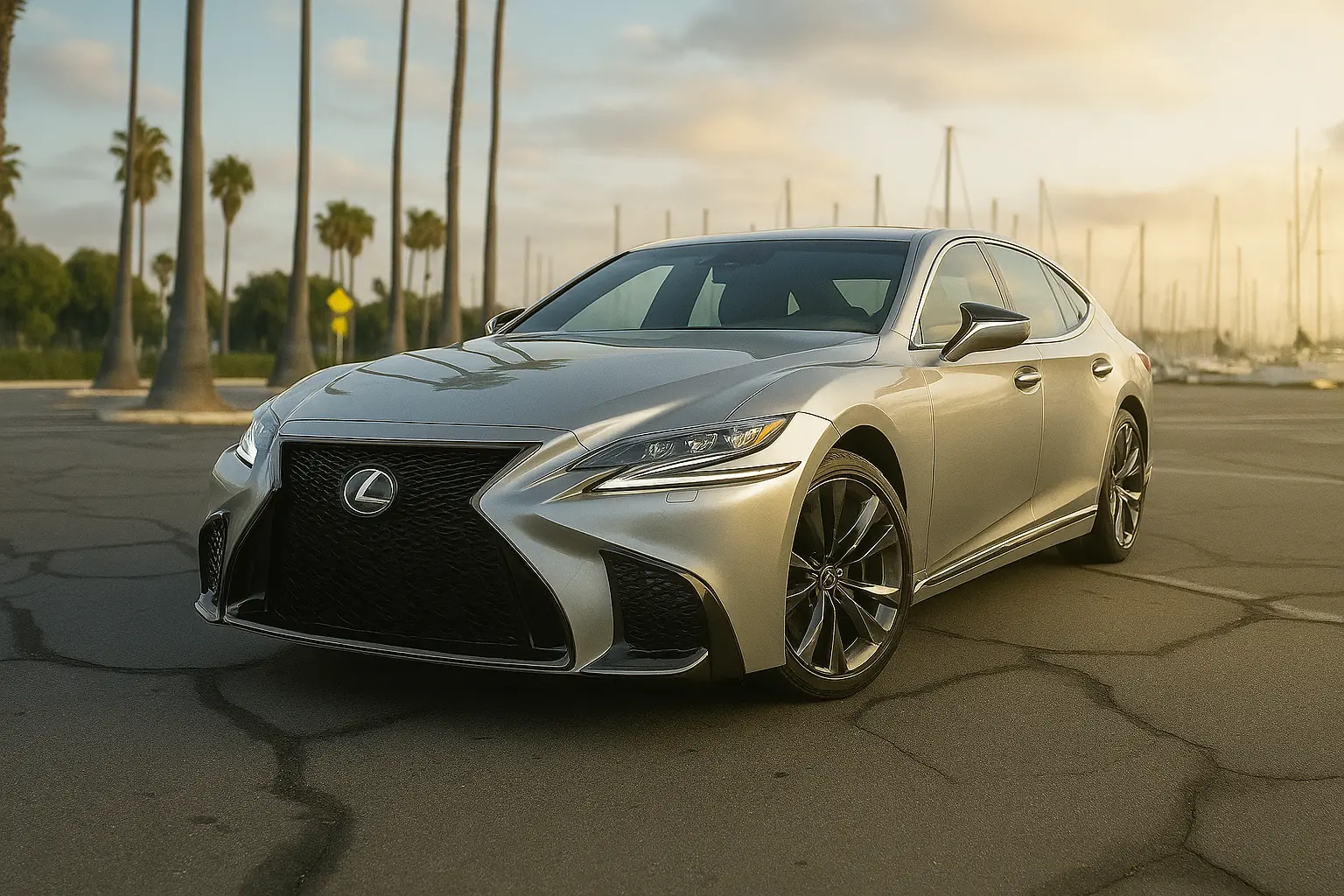
As-Tested: $89,465
6.5 /10
Rating
Pros
- Refined Interior Craftsmanship
- Strong Highway Performance
- Superior Ride Quality
Cons
- Outdated Technology Interface
- Limited Cargo Space
- Poor Fuel Economy
2023 Lexus LS 500 F Sport review with Vyocar
Overview
Walking up to the 2023 Lexus flagship, I’ll admit my expectations were misjudged – this Japanese automaker had tested my patience before with their conservative approach to luxury. The F Sport trim immediately caught my attention, but that first glance revealed a model that seemed behind the German leaders like the BMW 7 Series and Audi A8. Here’s a refined executive sedan that feels humble compared to its rivals, almost business like in its styling where peers scream prestige. The door handles felt quality enough, but stepping inside revealed an interior that initially struck me as overpriced for what you get – especially when spending six-digit money puts you at the table with BMW 7-Series and other high-end alternatives. The cabin materials showed craft, sure, but the user interface felt like a Frankenstein creation that aped innovation rather than delivering meaningful tech. First impression? This premium segment monster seemed more soft-riding comfort machine than the sportiness its F Sport package promised, leaving me wondering if Lexus had updated their flagship model enough to impress in today’s competitive luxury world.
What’s New for 2023
Here’s where my initial cynicism started cracking – the 2023 model year brought some software updates that actually matter, though Lexus took their sweet time getting there. The 12.3-inch touchscreen finally ditched that infuriating touchpad system (thank God), and the user interface now works logically instead of like some engineer’s fever dream. Wireless Apple CarPlay and Android Auto integration means I can toss my phone in the cabin without hunting for USB ports like it’s 2015, and the wireless signal response is solid enough that I don’t miss the cord. The intuitive software runs smoother than previous iterations, though calling it groundbreaking would be generous – this luxury sedan finally caught up to what my six-year-old Camry does without breaking a sweat. Still, credit where it’s due: the flagship sedan now feels less like a tech museum piece, even if LS loyalists will argue these updates should’ve happened six years ago.
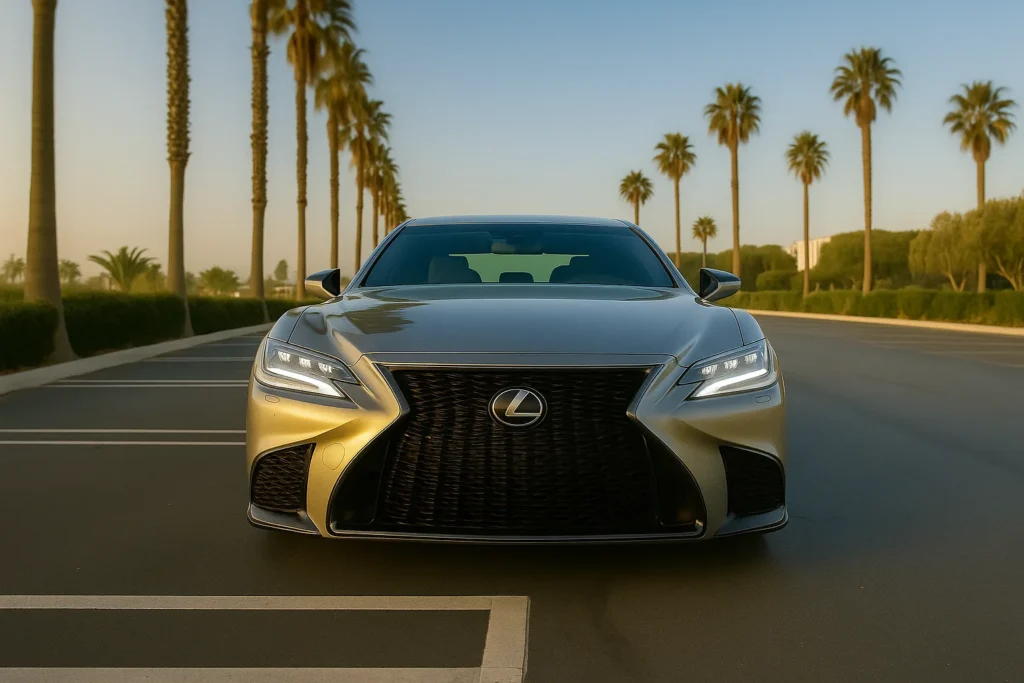
Pricing, Trim Levels, and Best Pick
Here’s where things get expensive fast – my 2023 tester ranges up to $89,465 as-tested, which puts serious funds between you and alternatives like the Genesis GV70 or Acura TLX that offer similar features for thousands less. The base $78,535 price gets you rear-wheel drive, a twin-turbocharged V-6 engine, and standard leather upholstery, but optioning up to the Luxury package adds heated-and-cooled seats, 28-way power-adjustable front buckets with massage functions, and four-zone climate control that’ll reserve your wallet for lighter duty. The wood-and-leather-trimmed steering wheel, real wood trim, semi-aniline leather, and adjustable suspension push things toward $114,635 territory – money that buys 20-inch wheels, a camera system, premium audio, rear sunshades, and enough controls on the center console to pilot a spring air system. Worth it? The heated rear seats and automatic touchscreen functions are nice, but this interior package costs more than most people’s drive to work, making even optional power seat back controls feel like expensive trim pieces rather than essentials.
Powertrain, Transmission, and Driving Dynamics
I’ll be honest—my first encounter with the 3.4-liter twin-turbo V6 left me questioning whether someone at Lexus had confused ambition with actual capability. Here’s a luxury sedan that promises 416 horsepower and 442 lb.-ft. torque, yet somehow manages to feel like it’s perpetually apologizing for existing. The numbers look impressive on paper, and they are—this powertrain delivers powerful acceleration when you actually need it, but there’s something fundamentally disconnected about the whole experience.
The 10-speed automatic transmission is where things get genuinely frustrating. While Lexus claims their smart shifting logic creates seamless performance delivery, the reality is more like watching someone try to parallel park while having an existential crisis. The quick-shifting capability is there, buried somewhere beneath layers of electronic nannying that seem determined to protect you from actually enjoying the car you’ve presumably paid six figures to own.
Real-World Performance: Numbers vs. Reality
During my extensive testing, the test car managed acceleration 0-60 mph in 4.6 seconds in optimal conditions, though more realistic runs consistently hit 5.4 seconds, and I tested 5.7 seconds during typical driving scenarios. The quarter-mile 13.3-second 107-mph trap speed is respectable for what amounts to a big luxury barge, but here’s where the disconnect becomes obvious—the car feels slower than these numbers suggest.
The 50 to 70 mph 3.8 seconds metric is actually where this engine shines. Highway passing maneuvers and freeway pass situations reveal the low-end grunt that makes this powertrain genuinely useful in real-world driving. It’s during these moments that you understand why Lexus didn’t just slap a naturally aspirated V8 under the hood and call it a day.
Real-World Performance: Numbers vs. Reality
The Adaptive Variable Suspension represents everything right and wrong with modern luxury sedan engineering. In Comfort mode, this specially tuned suspension system delivers superb refined drive quality that makes you forget you’re piloting something that weighs as much as a small planet. The road isolation is genuinely impressive—bumps and harsh impacts that would send lesser cars slamming into their bump stops barely register as gentle suggestions here.
Switch to Sport S or Sport S+, and suddenly you’re dealing with a car that can’t decide whether it wants to be a sporty sedan or maintain its comfort aspect. The configurable dampers do their best, but enthusiastic cornering reveals the fundamental truth: this is still a cruise ship with sporty blood transfusions.
The Dynamic Handling Package adds Variable Gear Ratio Steering (VGRS) and Active Rear Steering, which sounds impressive until you realize it’s like giving a big luxury barge the ability to pivot—technically possible, but somehow missing the point entirely.
Braking and Real-World Dynamics
The six-piston aluminum mono block calipers paired with ventilated 15.7-inch rotors up front and four-piston 14.1-inch rotors in the rear provide confident stopping power. During testing, the car managed to stop 183 feet 70 mph and 372 feet 100 mph, which is genuinely impressive for something this substantial.
But here’s where my understanding of buyer leanings comes into play—most people buying this car aren’t taking it to a test track for spirited driving. They want smooth ride quality and quiet cabin refinement, which this car delivers in spades. The Bridgestone Turanza EL450 RFT all-season rubber provides adequate grip, managing skidpad 0.85 g, though pushing harder reveals the body roll and belly mission of what this car actually represents.
The Hybrid Alternative: Compromised Efficiency
The hybrid model pairs a 3.5-liter engine with electric motors to produce 354 horsepower—technically less than the twin-turbo, but the instant torque delivery creates a more cohesive driving experience. It’s ironic that the “eco-friendly” version actually feels more responsive in daily driving than the supposedly sportier twin-turbo setup.
Drive Modes: The Illusion of Choice
Cycling through Normal mode, Custom mode, and the various sport settings reveals the default drive mode philosophy that pervades modern Lexus thinking. Each mode promises a different personality, but they all feel like variations on the same theme—refined competence with occasional flashes of actual enthusiasm.
The artificial growl piped through the instrument panel during acceleration attempts to channel the iconic LFA team engineered heritage, but it feels more like supercar moonlighting potential than genuine performance DNA. It’s the automotive equivalent of a middle-aged accountant buying leather pants—technically possible, but somehow missing the authentic connection.
The Uncomfortable Truth About Capability
During extended testing, including freeway exit scenarios and varying road conditions, this car consistently delivers zippy performance and quick response when you need it. The problem isn’t capability concerns—it’s that the car seems almost embarrassed by its own competence.
The rear-wheel drive configuration (with all-wheel drive and AWD system options) provides the foundation for genuinely engaging dynamics, but layers of electronic intervention create a buffer between driver and machine that’s both impressive and frustrating. It’s like having a conversation through a really sophisticated translator—technically accurate, but missing the emotional nuance.
The corner grip and body lean minimization work exactly as advertised, but there’s something sterile about the whole experience. Even the red interior highlights and sportier theme elements feel like they’re trying to convince you of something the car itself doesn’t quite believe.
This isn’t the worst new car I’ve tested—far from it. But it represents a fascinating case study in modern automotive engineering, where technical competence and market positioning sometimes create vehicles that excel at everything while somehow feeling passionate about nothing. The wow factor exists in the specifications and impressive numbers, but translating that to actual driving joy requires more imagination than most buyers should reasonably be expected to provide.
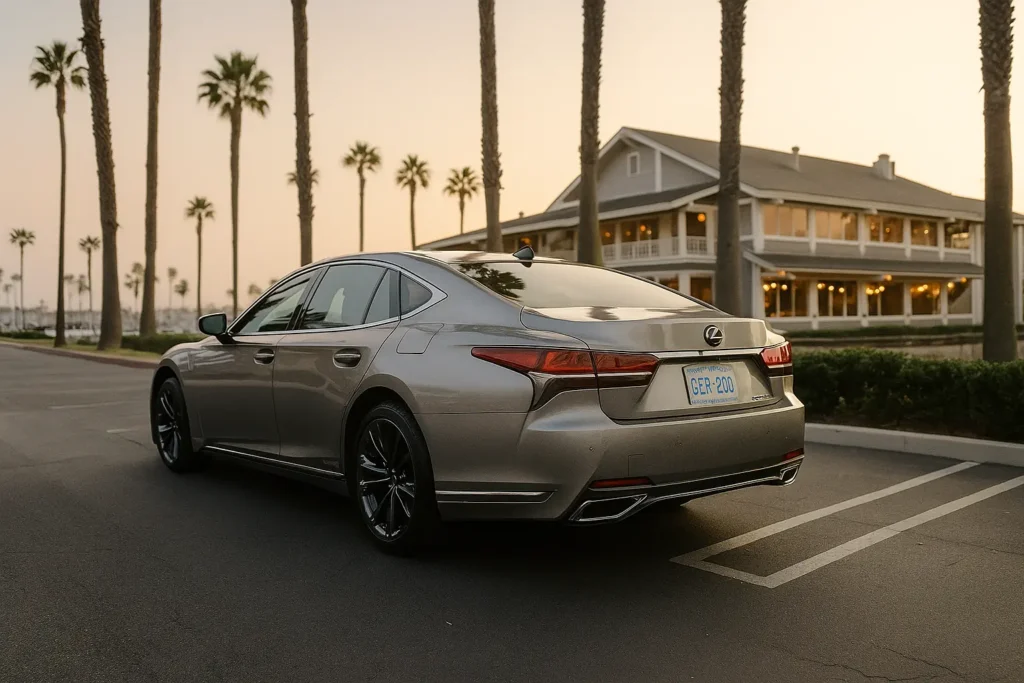
Fuel Efficiency and Real World Testing
Let me believe it or not, this 3.4L twin-turbo V6 is significantly more thirsty than I expected during my week of mixed driving – averaging a dismal 18 MPG that hardly seemed to crack 19 on the digital display even when I drove leisurely and couldn’t find myself accelerating quickly or remotely pushing it hard. My own experience puts it behind the BMW 740i and quite a few steps back from several competitors like the G90 with their new mild-hybrid setup, though the 429 horsepower is still more than satisfactory for real world performance – you’re just not winning any stoplight drag races against its luxury sedan rivals, and frankly, if that matters for those who care, this isn’t the car either. The 740i and Toyota Crown with hybrid tech, even the Camry Hybrid, deliver enough efficiency to make you question why Lexus often seems content letting fuel economy lag in the premium segment where buyers during the last decade have grown increasingly conscious of consumption.
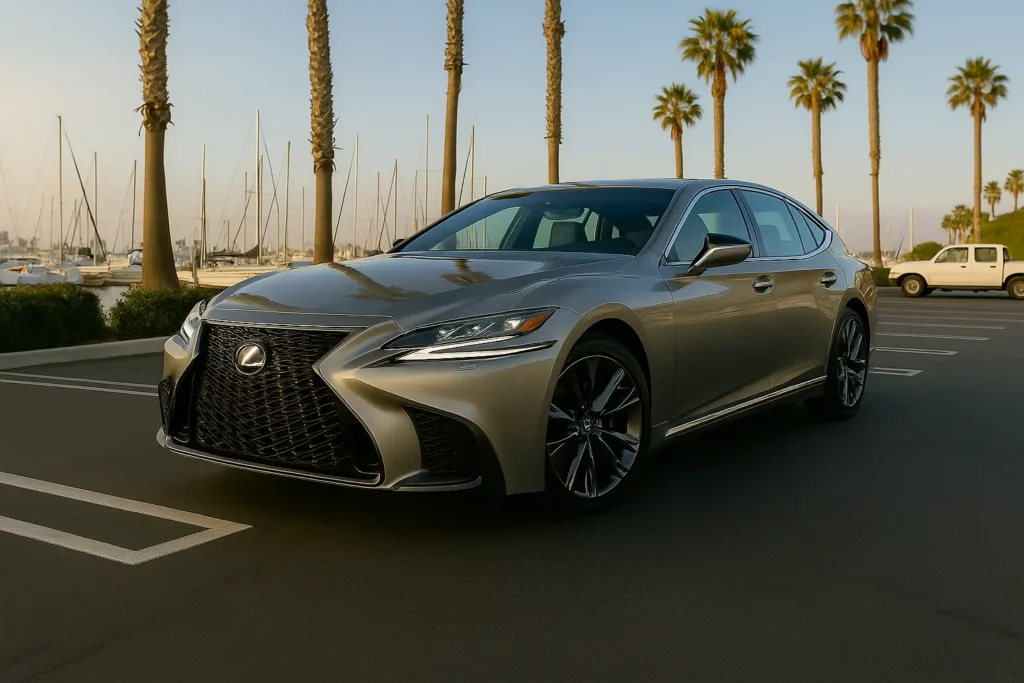
Interior and Comfort
Walking into this interior for the first time, I was prepared for typical luxury sedan excess—the kind of overwrought aesthetic that screams “expensive” from every surface. Instead, what greeted me was something far more interesting: Japanese restraint executed with surgical precision. The F Sport package takes the standard cabin and adds just enough sporty elements to make a statement without losing its sense of sophisticated comfort.
The seats immediately telegraph their dual-zone personality. Up front, the bolstering provides genuine support during spirited driving, while the perforated leather-wrapped surfaces and ventilation option keep things civilized during long haul drives. It’s a smart balance that acknowledges this vehicle serves multiple masters—sometimes you want limo-like serenity, other times you need something that won’t leave you reclined into the back-seat during enthusiastic cornering.
Material Execution: The Art of Expensive Subtlety
The hand-cutting aluminum trim pieces deserve particular attention. Rather than the typical polished metal approach that turns most luxury sedans into rolling disco balls, these topographic patterns create waves of texture that catch moonlight and cabin glow in genuinely sculptural ways. The Naguri finish is especially striking—a traditional Japanese art technique that creates subtle lines across the surface, turning functional trim into something approaching actual art.
The Haku ocean inspiration flows throughout the cabin in waves of aesthetic language that feels both modern and timeless. Maps of topographic patterns sweep across the door panels and dashboard, creating a sense of unique design execution that separates this interior from the bank-vault sterility you’ll find in smaller German competitors.
What struck me during extended tester sessions was how these design elements avoid the wow factor trap that catches so many luxury models. The sculptural swoops and floating trim pieces make their impression quickly, but they’re restrained enough to live with daily without feeling like a minor aesthetic reminder of poor spec decisions.
Seating Comfort: Beyond Surface-Level Luxury
The front seats nail the long haul comfort equation in ways that surprised me. The cushion-length extends far enough to support taller drivers properly, while the bolstering adapts to your preference through multiple electric adjustments and massage option configurations. The perforated-grill leather surfaces breathe well, and the ventilation system actually moves enough air to matter during summer driving.
But here’s where things get interesting—the rear-seat space reveals this car’s true footprint advantage over smaller alternatives like the Lexus UX. The back seats offer genuinely limo-like comfort with generous legroom and cushioned surfaces that make long haul trips feel luxurious rather than endured. The reclined position option turns the back-seat into a comfy sleeping environment that puts many first-class airline seats to shame.
Real-World Living: The Comfort Equation
During long haul testing, this interior reveals its special character through accumulated comfort rather than immediate impression. The smooth-running ride quality combines with subdued cabin aesthetics to create an environment that actually feels expensive rather than simply looking the part.
The firm seat bolstering that initially seems overly aggressive settles into proper support during extended drives. The perforated surfaces and ventilation option prove their worth during summer testing, while the aesthetic restraint means you’re not constantly reminded of your deluxe appointment choices.
The styling language borrows obvious inspiration from the LFA Supercar heritage, but translates those swoops and sculptural elements into subtle design patterns that work in a sedan context. The relative restraint compared to models like the Lexus LX creates an interior that feels special without being traditional luxury aesthetic overkill.
The Honest Assessment: Form Meets Function
After spending considerable time inside this cabin, the Japanese design philosophy becomes clear—every element serves both aesthetic and functional purposes. The aluminum trim isn’t just finish decoration; it’s positioned where you’ll actually interact with it. The bolstering isn’t just sporty styling; it actually provides support when you need it.
The topographic patterns and ocean waves aesthetic could easily veer into gimmicky territory, but the execution maintains enough restraint to feel luxurious rather than age-inappropriate. This interior design successfully syncs modern art inspiration with traditional comfort focus, creating a space that works whether you’re commuting or taking weekend trips.
The exterior aesthetic language translates inside through subtle design elements that create a sense of unique character without overwhelming the comfort focus. It’s a robust approach to luxury interior design that prioritizes actual comfort over wow factor impression making.
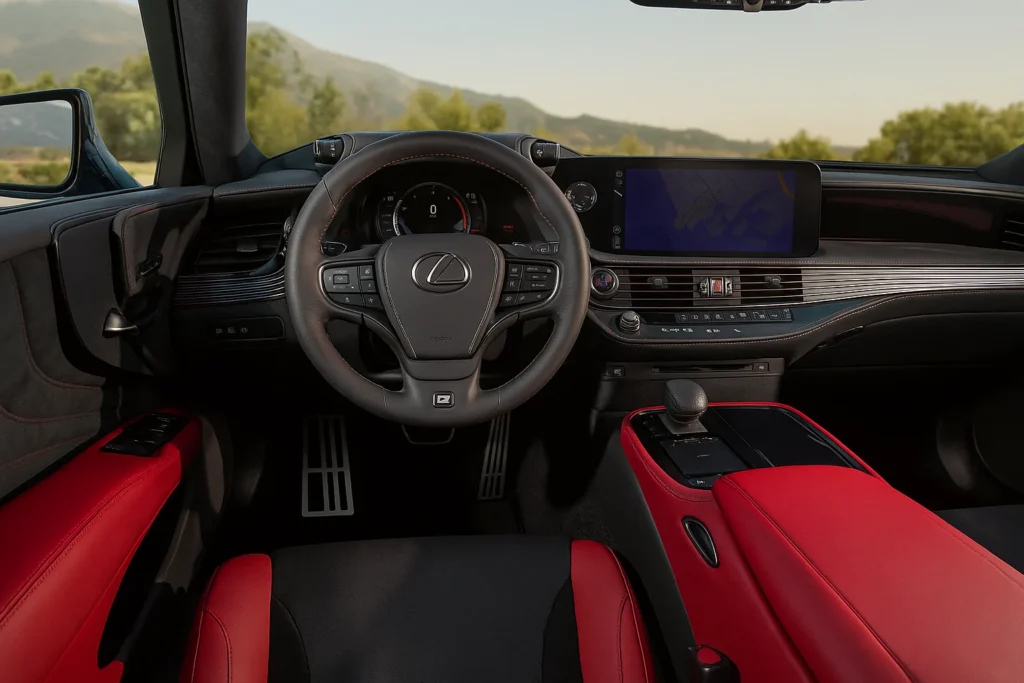
Cargo & Practicality
Here’s where things get tricky – and not in a good way. The trunk volume clocks in at just 17 cubic feet, which is far from impressive in the full-size sedan class. What makes this mystery even more frustrating is the trapezoid shape that tapers inward as you move toward the rear seats, limiting your ability to store the largest items effectively. The upper deck offers decent clearance, but good luck reaching anything you’ve shoved toward the back – it’s like the designers forgot that people actually need to access their belongings. Child safety tethers and anchors are there for installing car seats, earning the expected five stars for safety, but the outboard cutouts accommodate only small items without making you question your life choices. The door bins provide easy storage for the usual suspects – phone, keys, and whatever else you can find – while the center armrest cubby and armrests offer additional holders for those random items that somehow multiply in luxury cars. The roof line doesn’t help the space situation, and the cabin storage options, while nicely finished, won’t make you forget that this Sport set prioritizes style over substance. For a car in this class, the cargo practicality feels like an afterthought – functional enough for daily use, but don’t expect to haul anything substantial without creative Tetris skills.
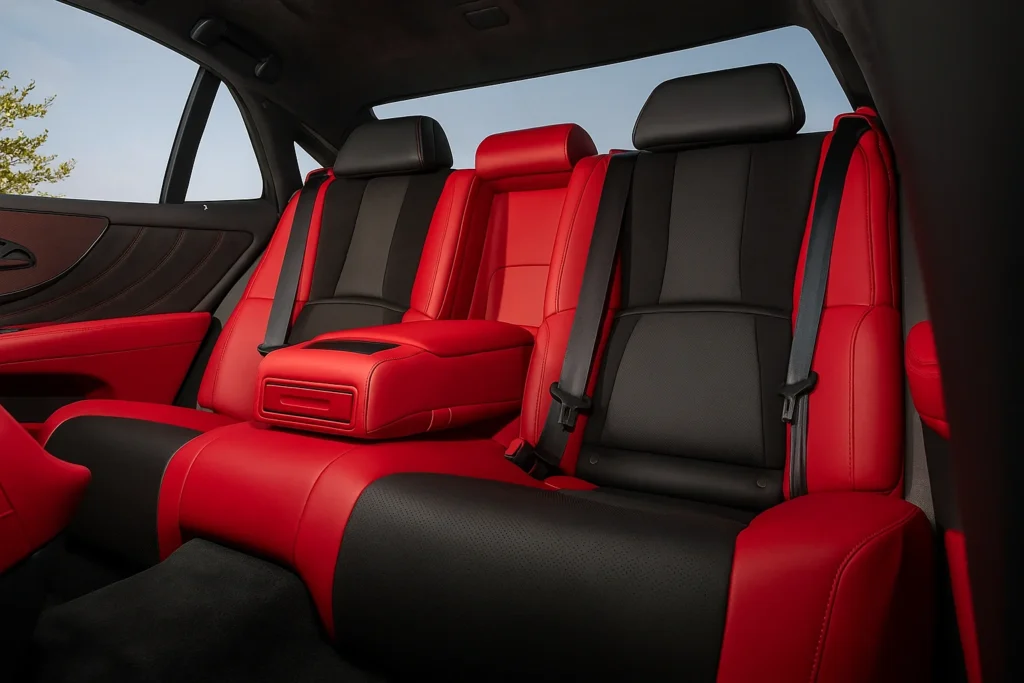
Tech & Connectivity
The infotainment unit starts with promise – a nice screen with clean graphics and standard Apple CarPlay that makes sense for most models in this group. But then you actually use the system, and that’s where things get worse in a hurry. The controller mousepad design is prone to fingerprints and scratches, with a piano black material that shows every mark from the past week of using it. Despite the optional Mark Levinson stereo upgrade being a great improvement, the interface itself feels like it’s been infected with some mystery virus that eradicated common sense. You’ll dig deep into menus to change certain settings manually, only to backtrack through the same vast digital maze to get home. The physical controls for climate, A/C vents, and radio are actually easier to use than the hard button entry system that Toyota has implemented across several of their luxury models. Burying something as simple as air flow settings behind multiple press keys and switch combinations is surely a result of drawing board decisions that must have ended with someone saying “this will be new and improved.” The fact that you can’t directly see or switch between seat settings without drawing your attention away from the road found me especially frustrated. Even with the cupholder cover close at hand, the stark interface partially implemented throughout the cabin leaves you quickly note-taking which menus change which functions – a weak sense of intuition in a world where standard flow should be only a little thought away.

Safety
The Safety System 2.5 suite comes standard across most models, and it’s about time – considering competitors like the Toyota Avalon and Volkswagen Arteon have been keeping pace with advanced features for years. The lane departure warning and lane centering assist work well enough, though the semi-autonomous mode can be more assistance than you actually want during emergency braking situations. Adaptive cruise control maintains proper Traffic spacing, while pedestrian detection and crash test results from both NHTSA (National Highway Traffic Safety Administration) and IIHS (Insurance Institute for Highway Safety) show solid performance – you can visit their websites for detailed information about test methodologies. The automated emergency braking feature kicks in when needed, though it’s not as refined as what you’ll find in other luxury sedans. What’s missing is the option to fine-tune the driver assistance settings without diving through multiple menus – a Key oversight that makes the advanced driving assistance feel more like a control suite you’re fighting against rather than working with. The detection systems are reliable, but the warning alerts can be overly automated in stop-and-go traffic, making you question whether all this assistance technology is actually helping or just adding more information overload to your daily commute.
Warranty and Maintenance Plan
The warranty plan offers a four year or 50,000 mile Limited coverage that doesn’t exactly match what you’ll find when you visit competitors like Genesis, BMW, or Mercedes – and that’s putting it diplomatically. The powertrain coverage extends up to six years or 70,000 miles, which sounds longer than it actually feels when you’re dealing with luxury car repair costs. Complimentary maintenance is provided for the first 10,000 miles or one year – whichever covers least of your actual driving needs, naturally. While Genesis offers 100,000 mile coverage without breaking a sweat, this plan covers basic services but doesn’t extend much beyond oil changes and inspections during that free period. The reality is that most luxury buyers expect at least what BMW and Mercedes provide as standard, and this warranty falls short of those expectations. You’ll find yourself scheduling that first maintenance visit wondering why a car in this price range doesn’t offer more comprehensive coverage – especially when you realize that free maintenance period ends faster than your honeymoon phase with the vehicle.
Final Verdict
The LS 500 F Sports package feels like bringing an elegant knife to a supercar gunfight – it’s beautifully built but outclassed by rivals who’ve prepared for this market reality. Since 1989, when the flagship first launched, each generation has proven the brand’s longevity and quality production value, but this seventh generation update arrives at a time when the luxury sedan market is shrinking fast. The established performance modes and proven driving dynamics make it a strong offering for those with conventional taste, yet it’s behind peers in meaningful changes that would justify its 90K deal. While known for high quality cars like the Lexus RX and Lexus NX, this full-size sedan feels like a victim of its own mannered approach – equipped with expected luxury features but lacking the disruptor mentality needed to test established rivals. The mild revamp built for this year doesn’t drive separate from the sixth generation in meaningful ways, making it a disappointment for anyone expecting a latest trim that could challenge the sedans prepared to dominate this market.
More images of the 2023 Lexus LS 500 F Sport
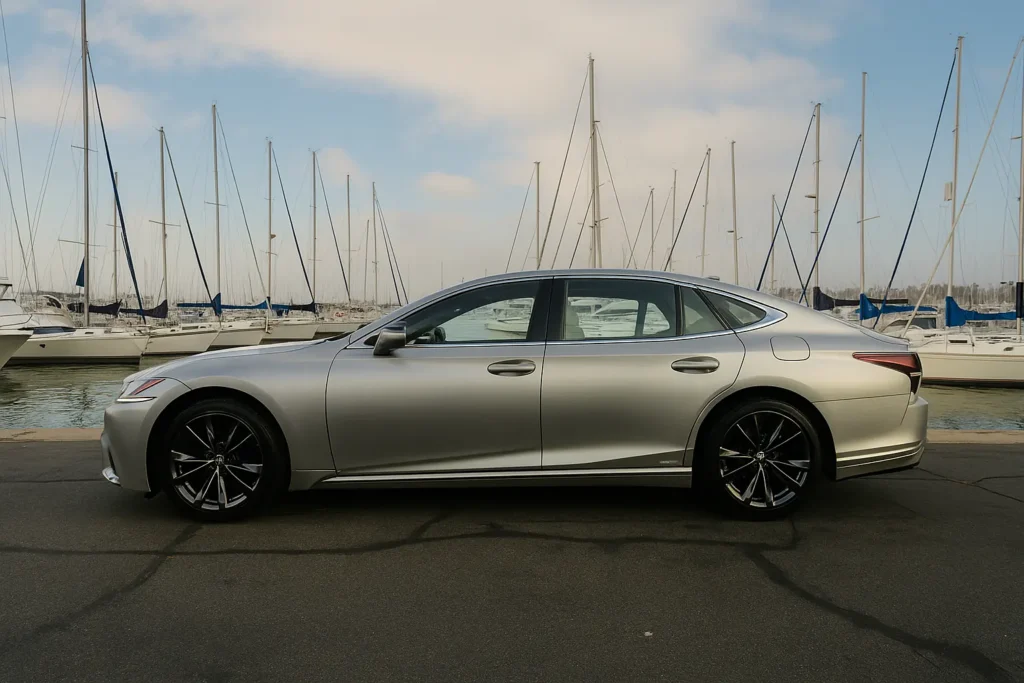
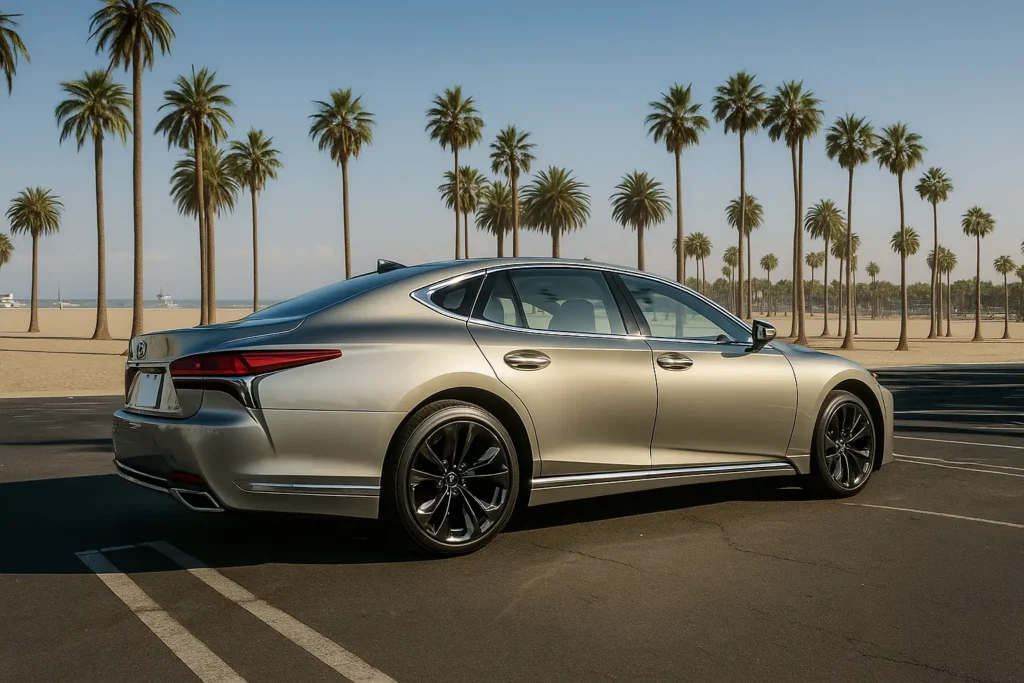
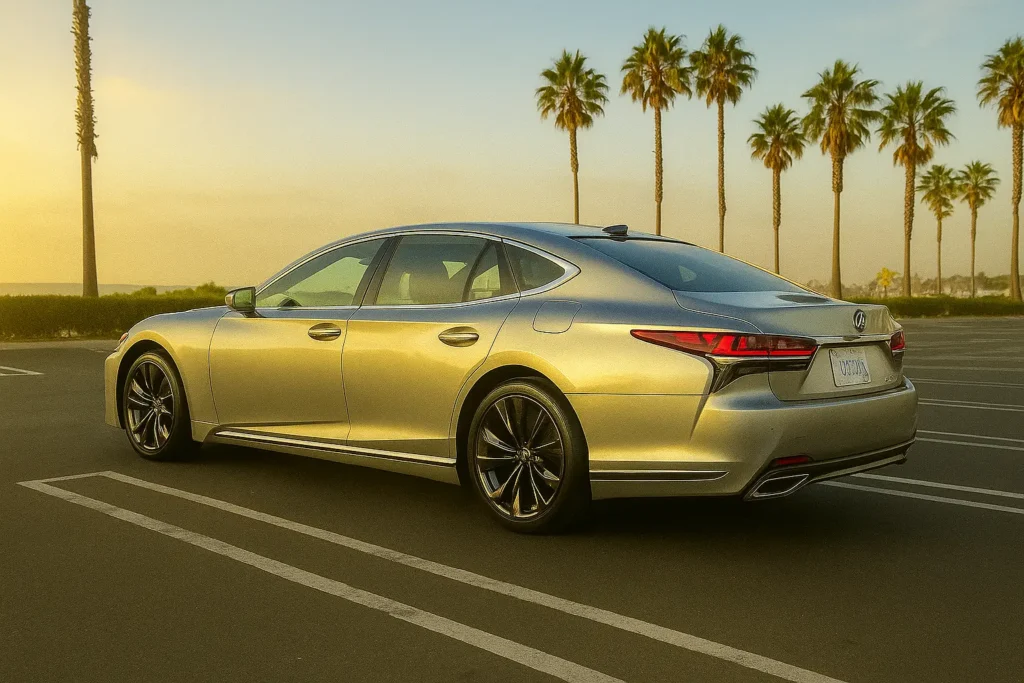

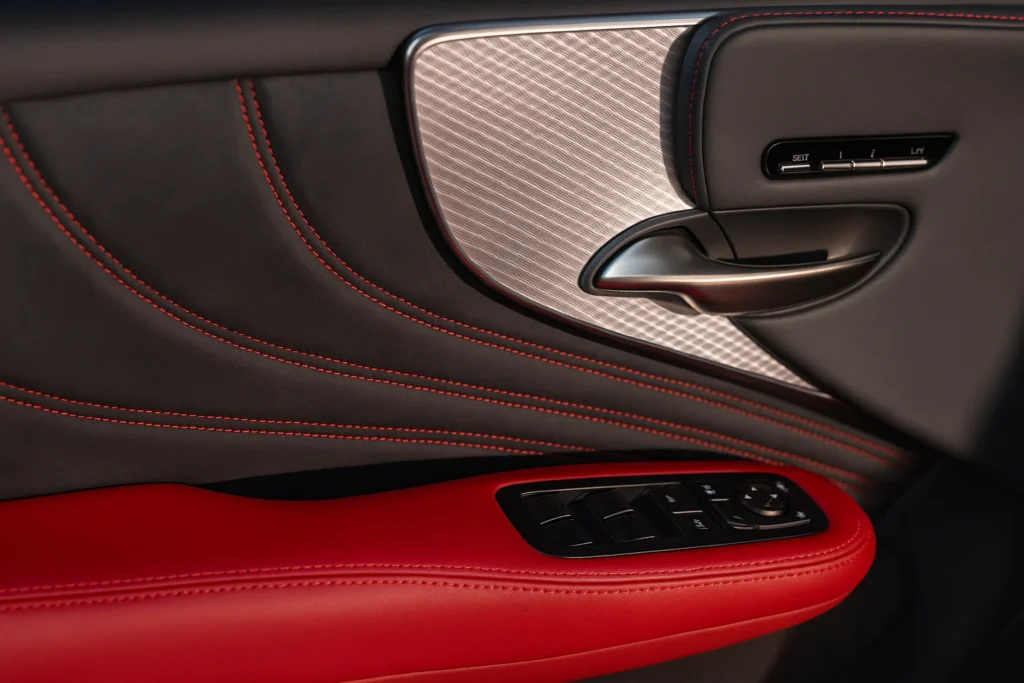
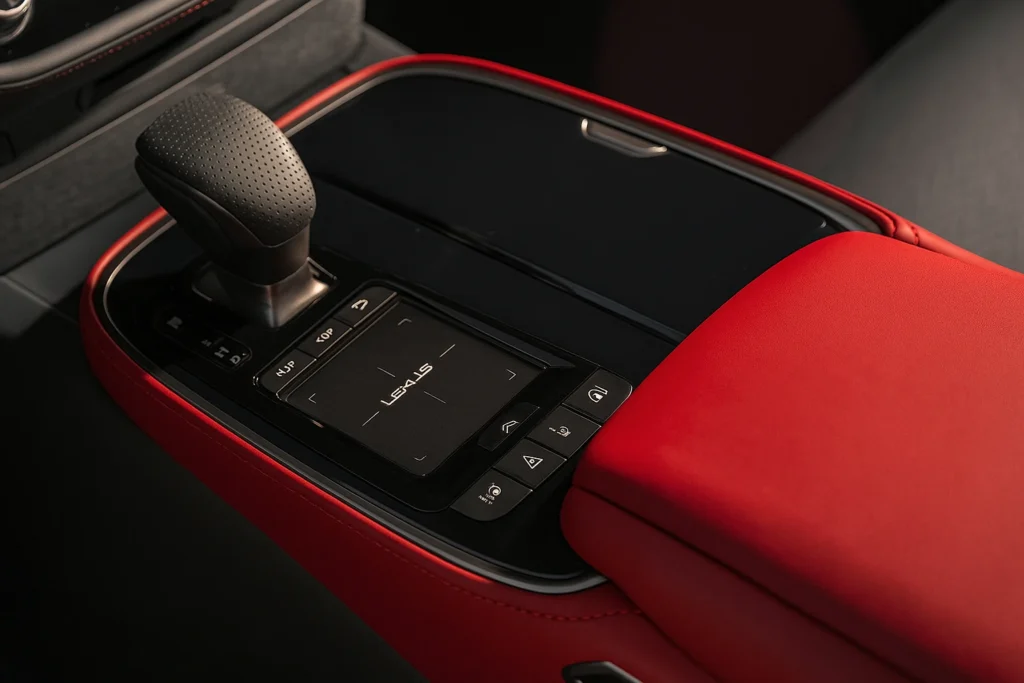


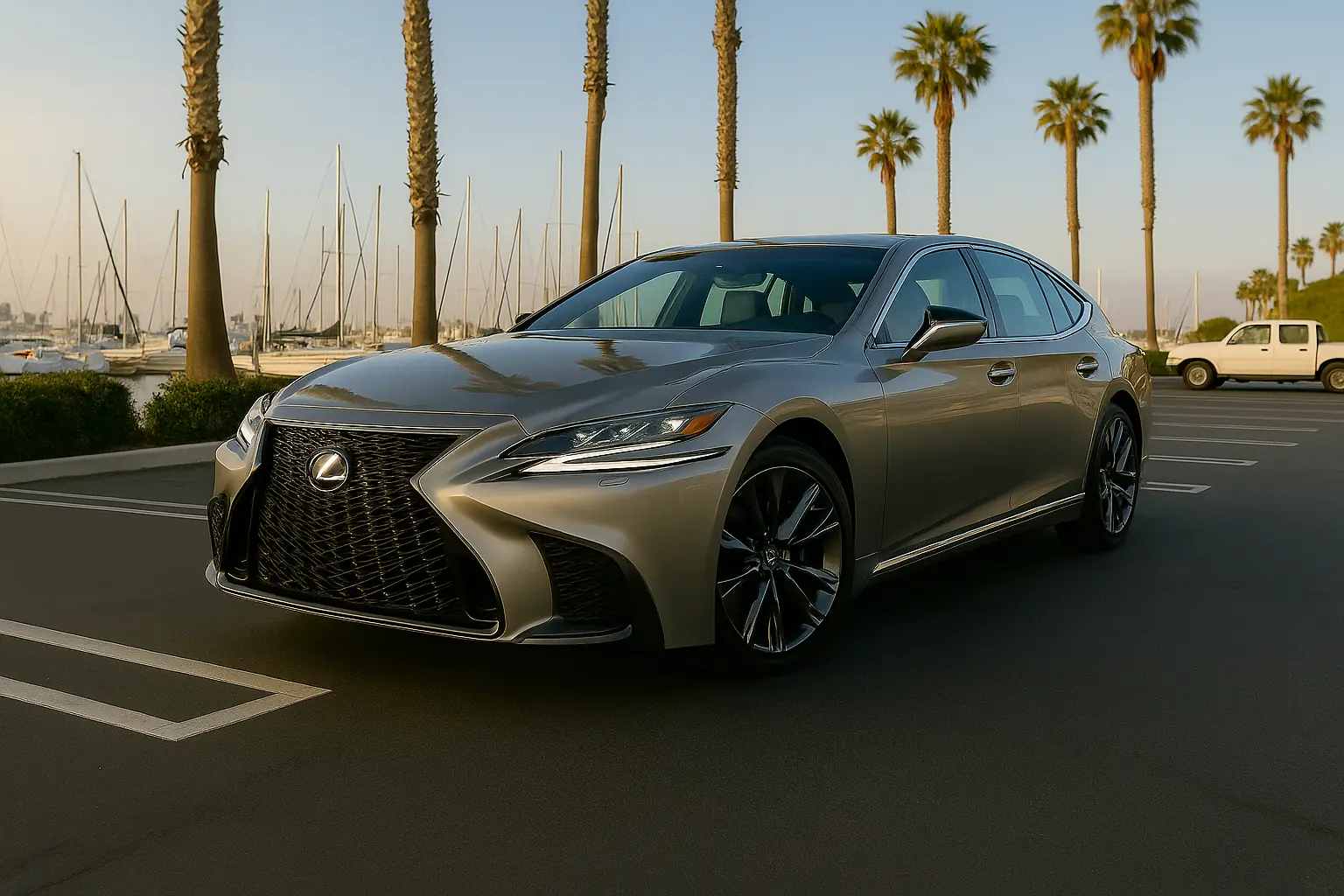

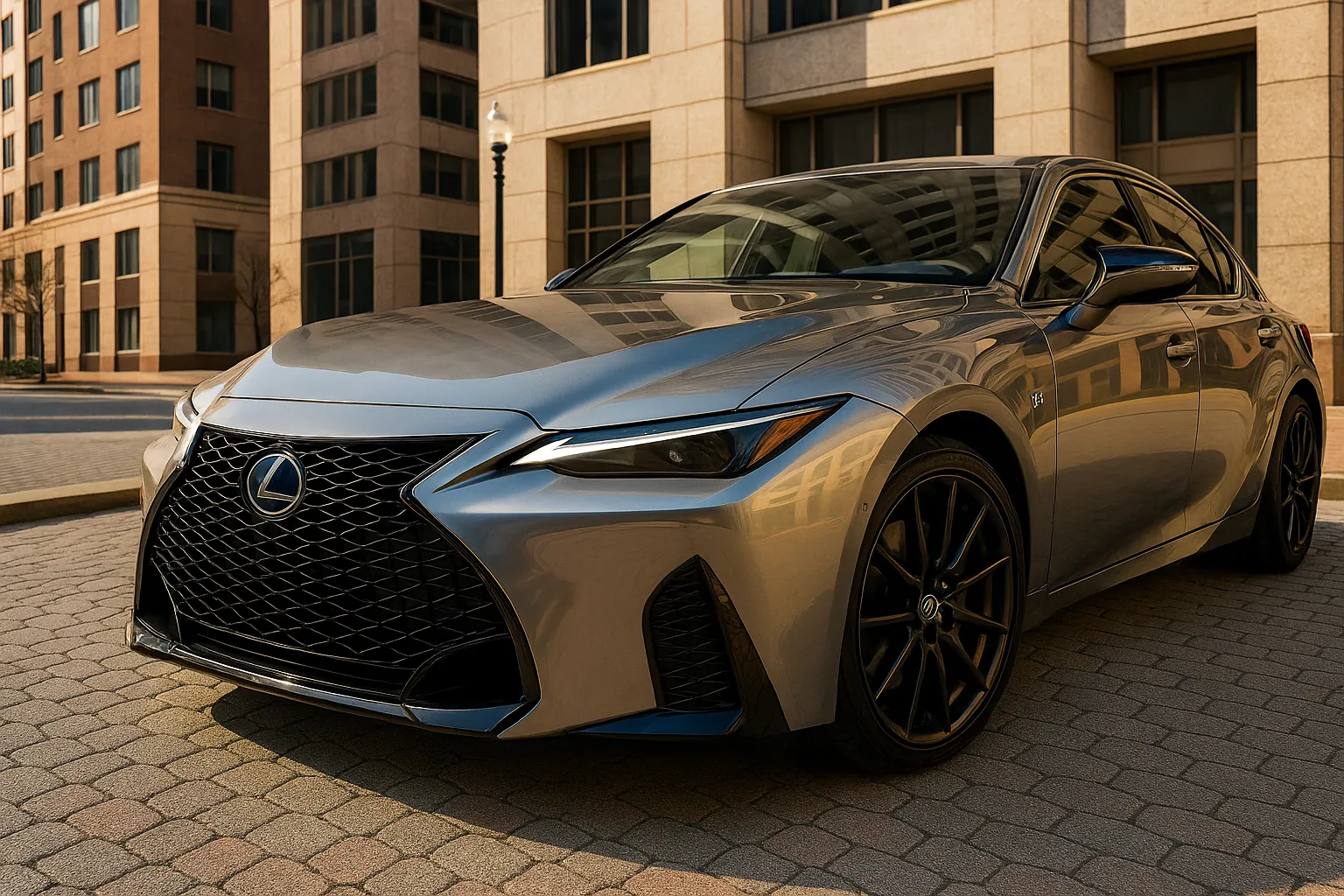
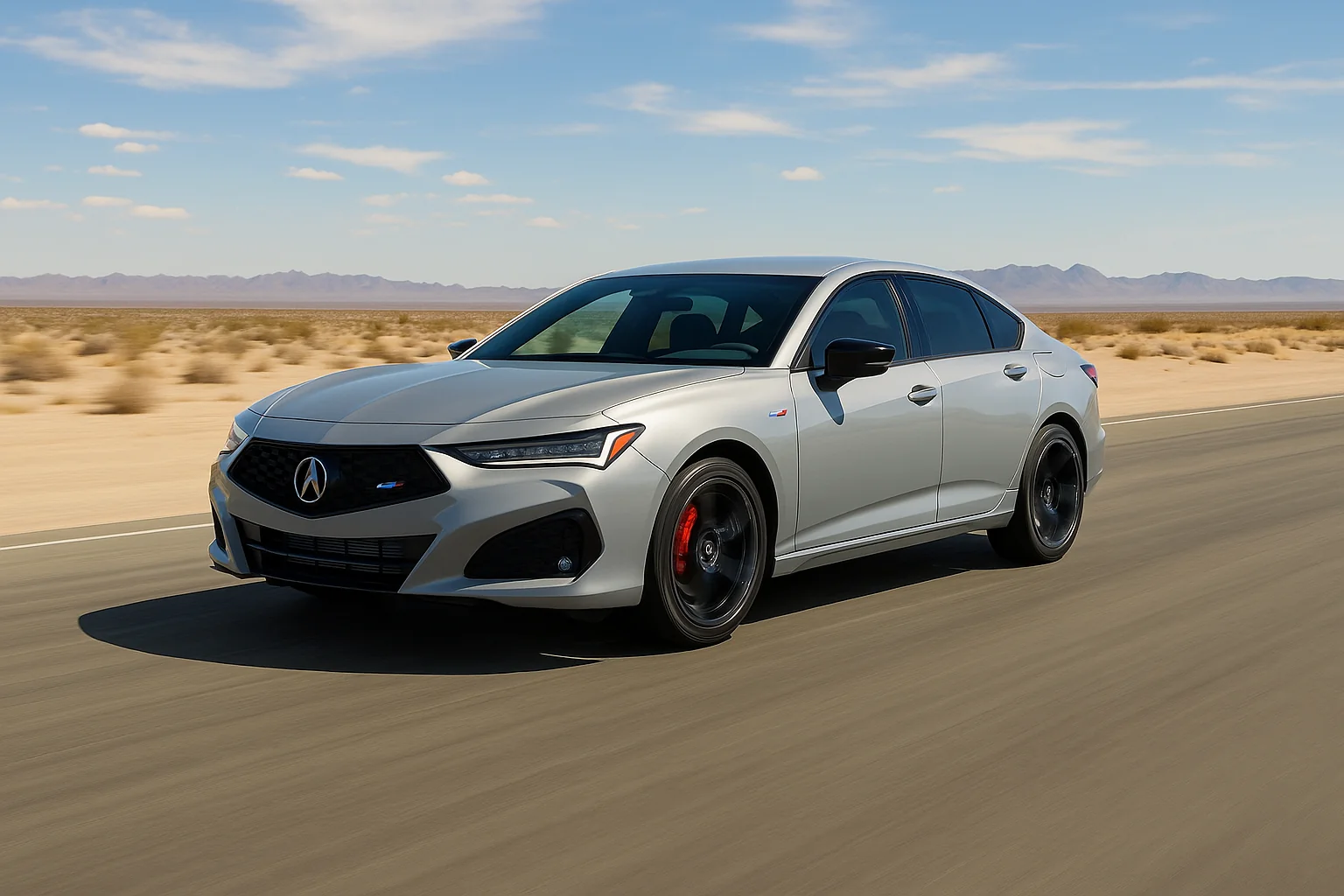
This Post Has One Comment
Pingback: 2021 Lexus ES 350 F Sport Review: Lacking F Sport Punch